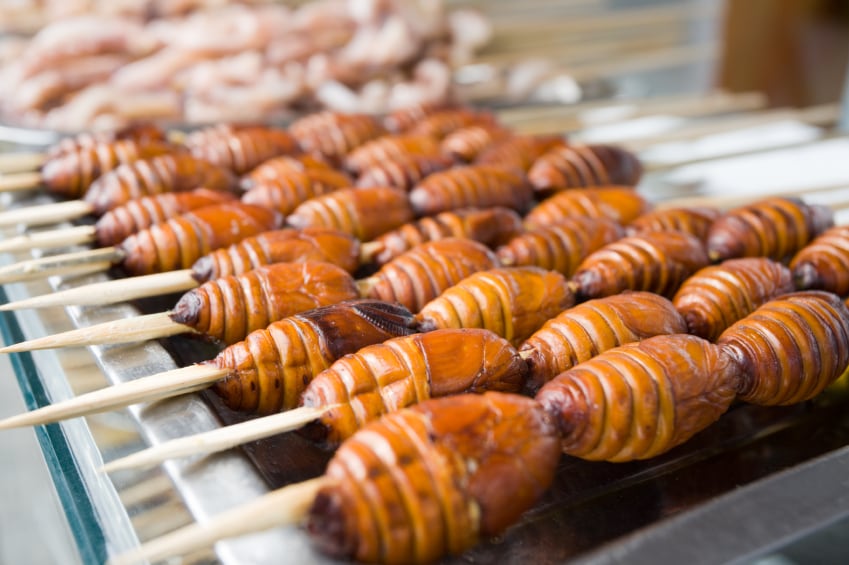The researchers lock together small protein pieces contained in whey to form a fibre that closely resembles the lightweight and elastic properties of silk.
This method, according to the researchers, could result in the development of materials with novel features, for example, in novel biosensors or self-dissolving wound dressings.
Due to its outstanding properties, silk is a material popular in many industries. It is lightweight but also stronger than certain metals, and demonstrates impressive elasticity.
At the moment, silk is harvested from farmed silkworms, which is a costly and time consuming process.
Weight for weight, silk is considered stronger than steel, but not as strong as para-aramid synthetic fibre Kevlar. Silk is, however, tougher than both (defined as the ability of a material to absorb energy and deform without fracturing).
The short and curvys

The Swedish-German collaboration, based at the German Electron Synchrotron (DESY) national research centre, describes the use of focused X-ray light to monitor and compare the assembly processes of protein nanofibrils (PNFs) of interest.
Writing in the Proceedings of the National Academy of Sciences, the researchers observed how smaller PNFs become entangled in a thread that under the right external conditions, begin to form an ordered nanostructure that combines the interweaving of the PNFs.
“They fit together so that there are both regions with strong order, so-called beta sheets that give strength to the fibre as well as low-order regions that give flexibility to the fibre,” explained Dr Fredrik Lundell from the Royal Technical College (KTH) Stockholm.
“However, the fibre structures of artificial and natural silk differ significantly. In particular, the protein chains have in natural silk, a greater number of intermolecular interactions that link the proteins and lead to a stronger fibre. "
Whey protein was selected as a source material as, at a certain concentration, was able to form the shorter, more crooked nanofibrils required to produce the strongest silk fibres.
Lundell along with co-lead study author Dr Christofer Lendel, also from the KTH, found that long, straight fibrils produced fibres inferior to the short, curved ones.
Short, curved PNFs are present in the protein chains of natural silk, of which a greater number of intermolecular interactions that link the proteins are observed. Therefore a stronger fibre is produced.
Self-assembly significance
Improved knowledge about how to control the protein molecule assembly into more complex structures could open the possibilities of creating novel bio-based materials for a variety of applications.
From this point of view, the ability of protein molecules to undergo this form of self-assembly into PNFs with highly organized structures may be of interest, particularly to the food industry.
“In the current study, we used whey protein isolate (WPI) as starting material because it gives us access to large amounts of PNFs and is a potential raw material for industrial-scale production of protein-based materials,” the study commented.
The formation of PNFs was initially observed in association with diseases, such as Alzheimer’s and Parkinson’s diseases, and type II diabetes, where human organs are impaired by fibrous protein structures.
However, several non–disease-related proteins have also been shown to form amyloid-like fibrils, such as the bovine whey protein β-lactoglobulin, hen-egg lysozyme, as well as soybean proteins.
Source: Proceedings of the National Academy of Sciences
Published online ahead of print: doi: 10.1073/pnas.1617260114
“Flow-assisted assembly of nanostructured protein microfibers.”
Authors: Fredrik Lundell and Christofer Lendele et al.
